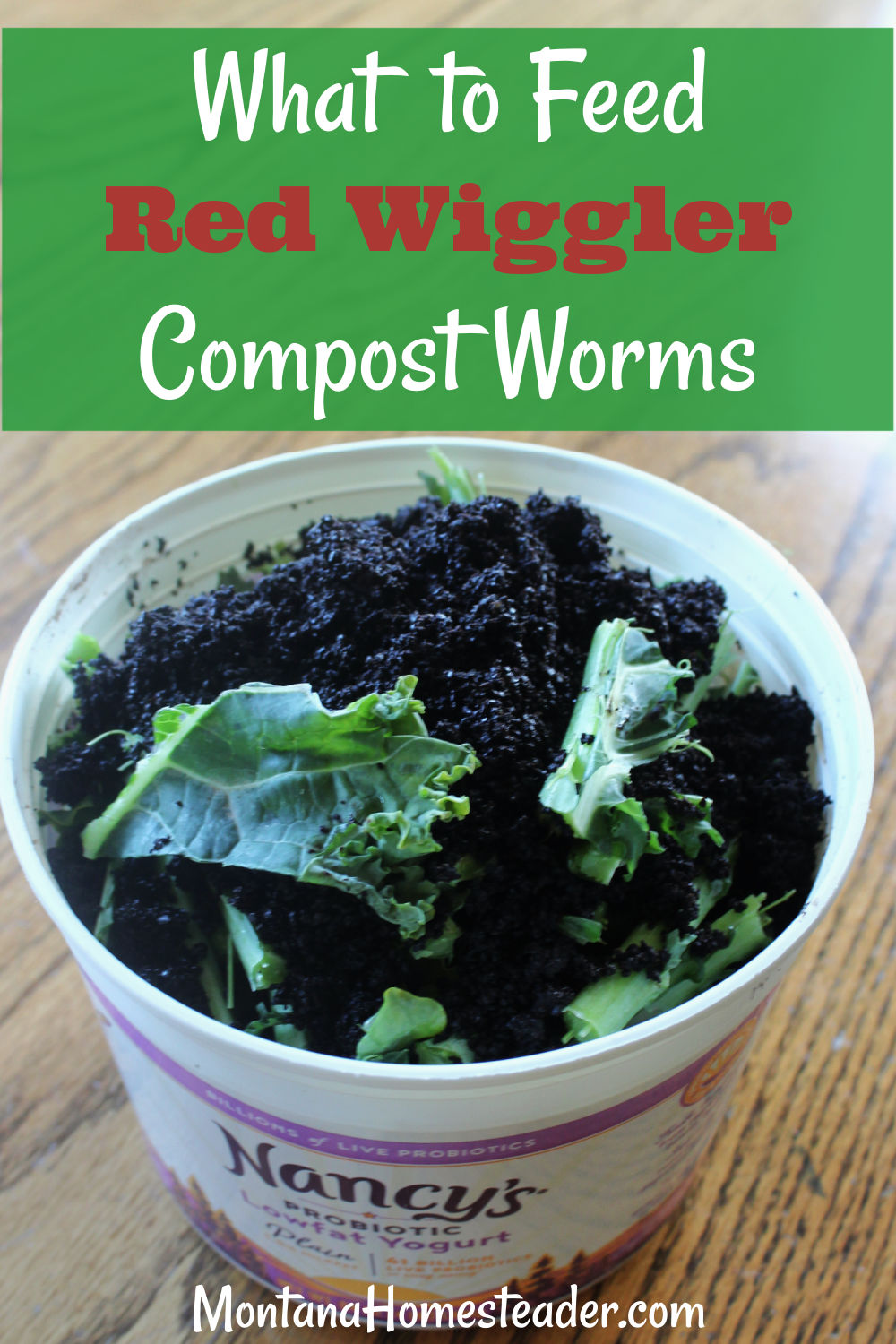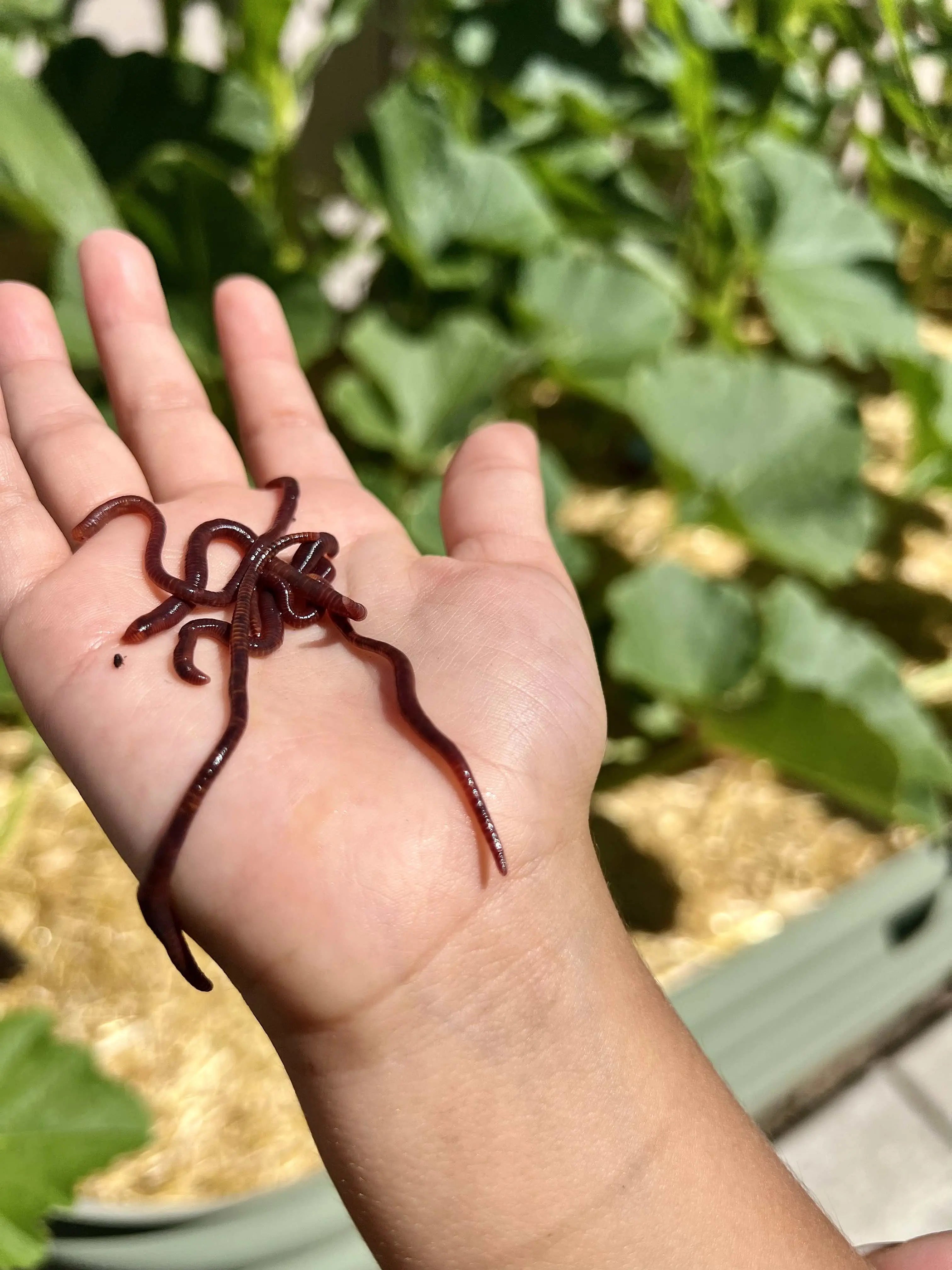Why Red Wigglers Are the Ultimate Ally for Your Garden's Wellness
The assimilation of red wigglers into yard administration techniques offers a compelling case for boosting dirt wellness and overall garden vitality. These organisms are not simply composters; they are critical in creating nutrient-rich castings that dramatically improve soil structure and promote a thriving ecosystem. Their role in cultivating helpful microbial activity can lead to natural insect control and boosted plant resilience. Nevertheless, recognizing the full level of their advantages and how to properly integrate them into your horticulture strategy warrants even more exploration. What details practices can maximize their capacity?
Benefits of Red Wigglers
Red wigglers, a prominent option amongst composting fanatics, use many advantages for yard wellness. These earthworms, medically called Eisenia fetida, play an important role in improving dirt top quality. By taking in raw material, red wigglers break down waste into nutrient-rich spreadings, which function as an exceptional all-natural fertilizer. This process not only enriches the dirt yet also enhances its framework, promoting better aeration and drainage.
Moreover, red wigglers add to raised microbial task within the dirt. The castings they create are including advantageous microorganisms that aid decompose organic materials and release necessary nutrients, making them easily available for plant uptake. This biological task fosters a successful community, which is vital for plant health and strength.
In addition, red wigglers help in moisture retention within the soil, minimizing the frequency of watering requirements. Their burrowing action freshens the soil, producing pathways for water and air to pass through deeper layers, hence improving root development.

Exactly How to Make Use Of Red Wigglers
Utilizing red wigglers in your horticulture methods can significantly enhance soil health and performance. To efficiently integrate these useful worms, begin by establishing up a vermicomposting system. This can be done in a designated bin, which should be well-ventilated and contain a bed linen material such as shredded paper, coconut coir, or aged garden compost.
Introduce the red wigglers into this setting, guaranteeing they have access to a well balanced diet of kitchen scraps like veggie peels, coffee grounds, and crushed eggshells. Stay clear of citrus, dairy, and meat, as these can bring in insects and cause smell problems.
(Lake Hickory Bait)Preserve ideal conditions by maintaining the moisture level regular-- wet but not soaked-- and making certain the temperature level ranges in between 55 ° F and 77 ° F. Red Wiggler Express. Monitor the container routinely, adding more bedding and food as required
When your worms have processed the natural material, you will see a rich, dark mixture accumulating at the end of the container. This can be utilized to improve the dirt in your yard beds or potted plants, thus view it now producing a flourishing ecological community that promotes healthy plant development. Red wigglers absolutely work as a sustainable resource for any kind of gardening lover.
Nutrient-Rich Castings Explained
Vermicomposting yields an impressive product called worm spreadings, which are loaded with vital nutrients useful for plant development. These spreadings are the outcome of the digestion of natural issue by red wigglers, transforming waste right into a nutrient-dense fertilizer. Rich in nitrogen, phosphorus, potassium, calcium, and magnesium, worm castings give a balanced source of nutrition that sustains the overall health of plants.
The nutrient account of worm spreadings is remarkable to that of traditional garden compost. This is largely as a result of the microbial task that takes place throughout the digestion process, which improves the bioavailability of nutrients. Castings include valuable bacteria that advertise dirt wellness and plant vigor.
Additionally, worm castings are characterized by their slow-release residential or commercial properties, making certain that nutrients are available to plants over a prolonged duration. This progressive release minimizes the threat of nutrient leaching, making it an environment-friendly option for gardeners.
Integrating worm spreadings into your gardening routine not just enhances the dirt however also cultivates lasting techniques, inevitably causing healthier plants and an extra effective garden.
Enhancing Soil Structure
Worm castings, created by red wigglers, contribute to a healthy and balanced dirt environment through their one-of-a-kind composition of organic matter and valuable bacteria. When blended into garden soil, these spreadings improve oygenation, permitting for better origin infiltration and development.
In addition, worm castings aid to aggregate dirt bits, developing clumps that boost drainage and minimize dirt compaction. This gathering supports the retention of wetness while protecting against waterlogging, creating an ideal environment for plant origins. Healthy soil framework likewise promotes the spreading of valuable microorganisms and fungi, even more boosting the dirt's capability to support plant.
Additionally, the high organic material of worm castings functions as a slow-release resource of nutrients, ensuring that plants obtain vital aspects gradually as opposed to in a fast, possibly dangerous burst. Hence, integrating worm castings right into your horticulture technique not only enriches the dirt nutritionally yet also cultivates a durable and resilient dirt structure, important for growing plants.
(Red Wiggler Express)
Attracting Beneficial Microorganisms
Attracting useful organisms is important for preserving a vivid and productive garden environment - Red Wiggler Express. These microorganisms, consisting of pollinators, predatory bugs, and microorganisms, contribute considerably to dirt health, parasite control, and plant development. Red wigglers, or Eisenia fetida, play an essential duty in this process by improving the overall biodiversity of the yard
To attract in beneficial microorganisms, gardeners need to concentrate on producing a welcoming environment. This can be achieved by including diverse plant varieties that flower at various times, guaranteeing a constant supply of nectar and plant pollen. Additionally, providing environments such as native wildflowers, shrubs, or insect resorts can motivate valuable bugs to thrive.

Final Thought
In conclusion, the assimilation of red wigglers right into horticulture methods significantly improves dirt health and wellness and advertises lasting communities. Their capability to convert organic waste right into nutrient-rich castings improves soil structure, oygenation, and wetness retention, cultivating a conducive atmosphere for plant growth.